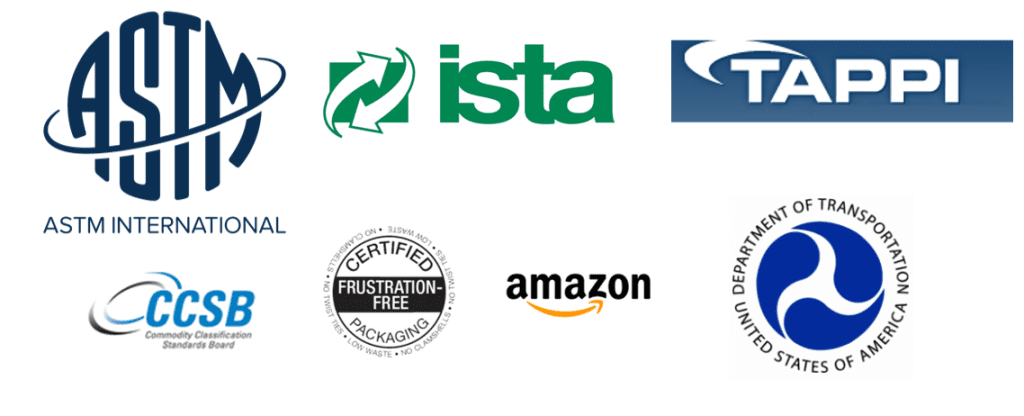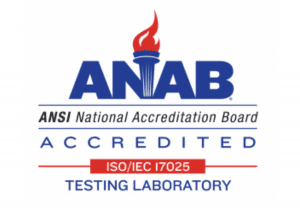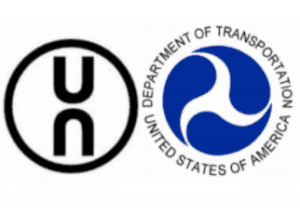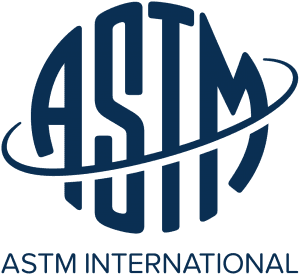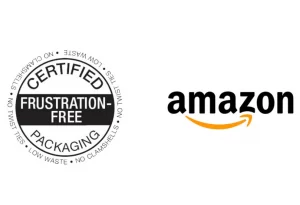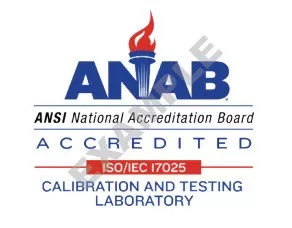Testing Standard:
Standard Number
ASTM D4332
Standard Title
Practice for Conditioning Containers, Packages, or Packaging Components for Testing
Overview for ASTM D4332:
Rationale for ASTM D4332:
ASTM D4332 – Practice for Conditioning Containers, Packages, or Packaging Components for Testing. This test method is used in the production of packaging systems that will undergo changes in the physical properties over time depending on atmospheric conditions. Establishing a standard conditioning period prior to testing will ensure consistent test results amongst similar test samples and test locations, as well as testing to conditions a package may be exposed to in transit.
ASTM D4332 specifies the requirements for package conditioning, testing, and evaluation of shipping units to determine their ability to withstand transportation and other related distribution hazards. Package conditioning refers to the process of subjecting a package to specific temperature and humidity conditions to simulate the real-world environment it will encounter during transportation and storage.
The package conditioning process involves exposing the shipping unit to specified temperature and humidity ranges for a specific period. The conditioning process can be done in environmental chambers capable of maintaining stable temperature and humidity levels.
After the conditioning process is complete, the package is tested to evaluate its ability to withstand the hazards of transportation and storage. Testing methods vary depending on the nature of the product being shipped, but may include drop testing, vibration testing, and compression testing.
The results of package conditioning and testing can be used to determine the suitability of a package for a particular application and to make necessary improvements to packaging materials and design. This helps to ensure that products are protected during transit and arrive at their destination in good condition.
According to ASTM.org,
“Significance and Use
4.1 Many materials from which containers and packages are made, especially cellulosic materials, undergo changes in physical properties as the temperature and the relative humidity (RH) to which they are exposed are varied. Therefore, the package should be placed and kept in a specified atmosphere for a length of time such that later measurements of physical properties will be meaningful and reproducible.
4.2 The conditions described in this practice are either historically accepted standard conditions or special laboratory conditions chosen to stand for phases of the distribution environment. These special conditions do not necessarily duplicate actual field conditions but tend to simulate them and have effects on packages and materials which may be related to their field performance.
Scope
1.1 This practice supports standard and special conditioning and testing atmospheres that may be used to simulate field conditions that a container, package, or packaging part may meet during its life or testing cycle.
1.2 This practice describes procedures for conditioning these containers, packages, or packaging components so that they approach or reach equilibrium with the atmosphere to which they may be exposed. This standard is commonly used for conditioning when conducting transit simulation tests.
1.3 Practice D685 should be used as the relevant conditioning standard when quantification of box compression strength at standard atmosphere conditions is needed.
1.4 This standard does not purport to address all the safety concerns, if any, associated with its use. It is the responsibility of the user of this standard to set up proper safety, health, and environmental practices and decide the applicability of regulatory limitations prior to use.
1.5 This international standard was developed in accordance with internationally recognized principles on standardization established in the Decision on Principles for the Development of International Standards, Guides and Recommendations issued by the World Trade Organization Technical Barriers to Trade (TBT) Committee.”
The product packages travel to specific destinations, and when they do, they are exposed to a variety of environmental conditions such as temperature or humidity that may adversely affect the package systems. The actual purpose of ASTM D4332 is to realistically simulate the environments that products and their packaging will meet during their transit route. One example of a transit route is that a product can be made and manufactured in California and then shipped to New York. During the trip from California to New York, the packaged product will meet a variety of climates on its journey, which includes and is not limited to, the heat and humidity in the Midwestern states, freezing temperatures in the northern states, and dryer conditions in the southwest. As you can see there are a few different temperature and air humidity ranges that these packaged products will go through. All these specific environmental conditions will need to be simulated during the testing phase. This needs to happen to assess realistically how the packaging will withstand the real-life conditions during shipment.
Key Points:
- Optimize costs by mitigating damages accrued through distribution
- Validates material selection during box design
- Verifies the physical performance of materials used to withstand different atmospheric conditions during transit
- Yields consistent test results
Related Standards:
- TAPPI T402 – Standard Conditioning and Testing Atmospheres for Paper, Board, Pulp Handsheets, and Related Products
At Purple Diamond, we offer a free consultation or a guided tour of our facilities. Consultations can be done over the phone or on zoom, so choose what suits you best. To get in touch, go to our Contact Us page and fill out the form or book an appointment using the calendar below. Our goal is to assist you in any way possible, so please don’t hesitate to contact us. Thank you so much for reading down this far and thank you for considering Purple Diamond as your dedicated testing, engineering, and design facility for all of your packaging needs.
Related Testing Standards
- ASTM D642
- ASTM D685
- ASTM D880
- ASTM D951
- ASTM D999
- ASTM D3078
- ASTM D3103
- ASTM D3285
- ASTM D4169
- ASTM D4332
- ASTM D4728
- ASTM D5265
- ASTM D5276
- ASTM D5277
- ASTM D5487
- ASTM D6055
- ASTM D6179
- ASTM D6344
- ASTM D6653
- ASTM D7386
- ASTM F88
- ASTM F1140
- ASTM F1886
- ASTM F1929
- ASTM F1980
- ASTM F2096
- ASTM F2250
- ASTM F3039
- ASTM D1596
Accreditations
Affiliations
